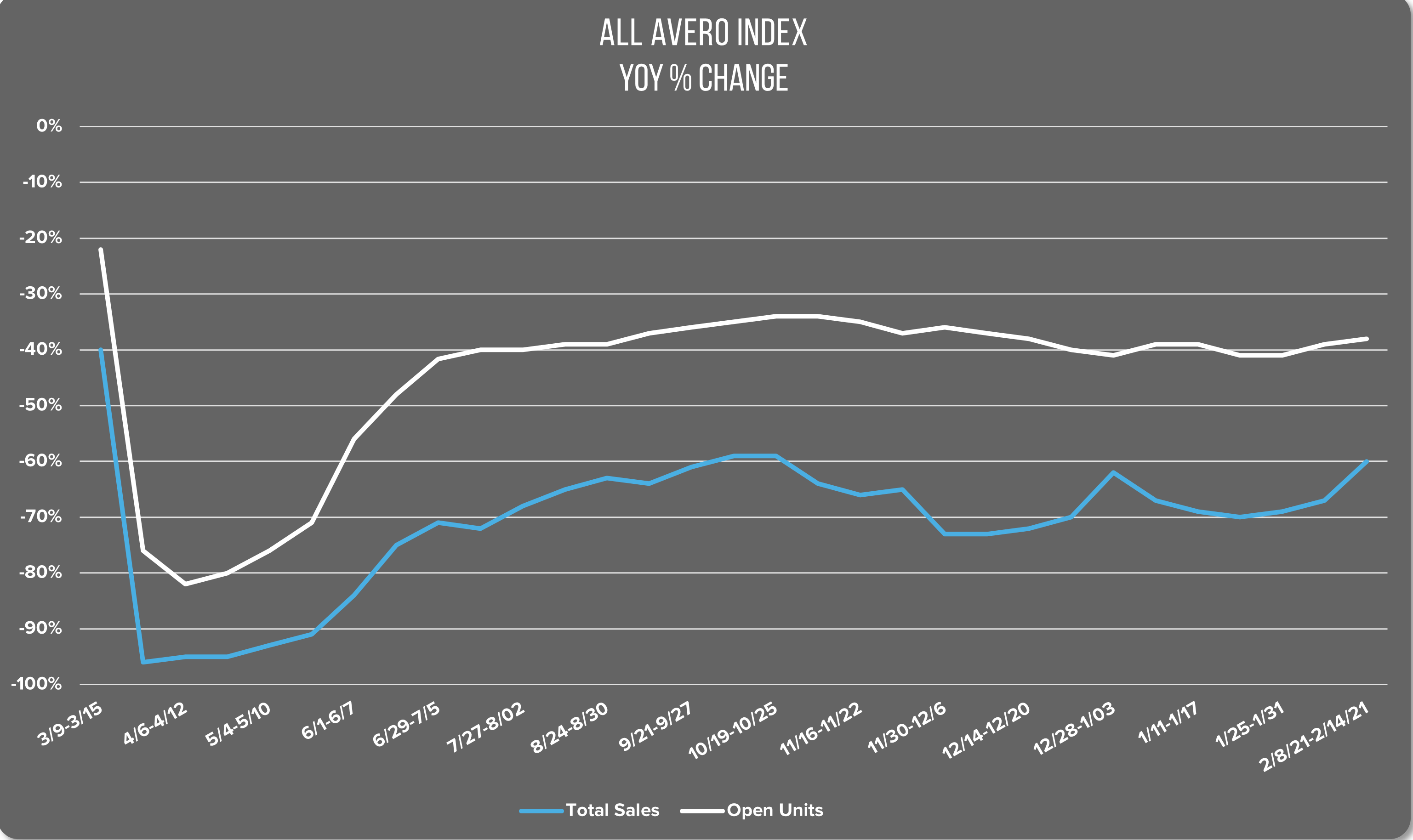.gif)
Let’s make sure we’re on the same page first. A social media policy outlines the code by which your company and its employees should conduct themselves on social media. These guidelines help maintain your brand’s character online and manage your reputation, which is important in this busy digital age.
Set your expectations
The goal of implementing a social media policy is to set expectations of what is suitable conduct online, and to help protect you should any legal issues arise. Having a policy in place to guide online behavior proactively puts you ahead of any unpleasant social media situations in the future. Think of it in terms of a customer leaving a bad review. If you could have caught up with the upset patron before the review, you wouldn’t have to deal with the aftermath of the negative press that is now online.

Establish guidelines
Outline your brand guidelines and what kind of etiquette you wish to see from social engagement, including confidentiality. Clearly define what information is not to be shared and is to be kept confidential and proprietary. Additionally, you could include a section that guides how messages go out, who approves them, and where to reach out for questions. Here are some great examples of social media policies other organizations have put into practice.
Empower your employees
Ultimately, you want to empower your employees to share their passions and genuine experiences on their various social platforms, while simultaneously protecting yourself and your brand from any unnecessary snafu. Letting your staff know what you wish to see from social engagement will also drive consistent messaging of your brand across multiple outlets. This can lead to an authentic way of sharing your culinary vision through the eyes of your team members, who are sure to be social influencers of their own among their respective social channels.
Be open to change
In this rapidly moving, ever-evolving, digital and social media-driven world we find ourselves in, don’t be surprised by the changes that come along. Have an open forum and actively seek your employees’ input. Team effort and staff participation earns you not only internal buy-in, but also exposes a greater potential for covering all of your bases when it comes to adapting your social media policy.
With these basic guidelines in mind, you can now be on your way to drafting your own social media policy. Alongside, save our Social Media Survival Guide to help you make the most of your social media engagement.
{{cta(‘160c4226-9ea6-4b8d-8e0f-4614d0e0e38e’)}}
Now let’s Like, Love, and Tweet away!

.gif)





